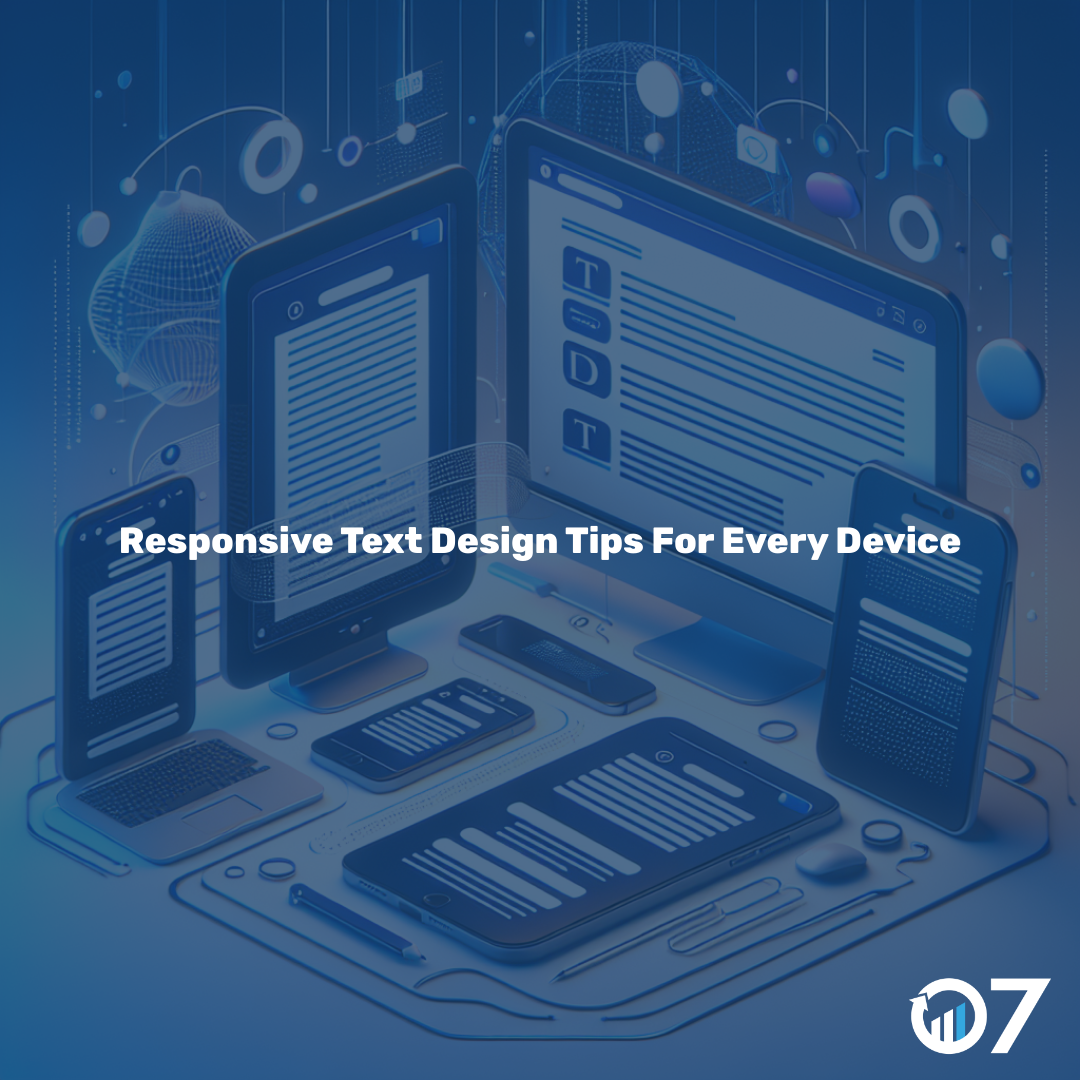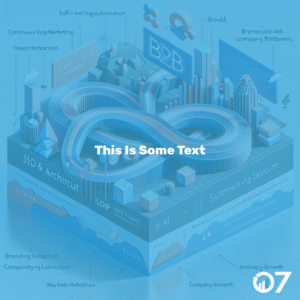Responsive text design ensures your website’s font looks great on every device. Imagine your customers enjoying a seamless reading experience, no matter where they are.
Last year, lack of responsive web design almost ruined my vacation! I finally went on a trip I’d been planning for years. I booked my hotel and train rides on my laptop. All I needed to do was show up and have a great time, right?
Well, when I tried to check my travel details on my phone, the text was tiny and unreadable. I spent hours squinting and zooming in, trying to find my booking information. It was a nightmare. This experience taught me the importance of responsive text design.
What is Responsive Text Design?
Responsive text design is about making sure your text adjusts to different screen sizes. It ensures readability and aesthetics across all devices. Whether your audience is on a desktop, tablet, or smartphone, your text should look fantastic.
Why is Responsive Text Design Important?
Responsive text design is crucial for user experience. If your text is hard to read on a mobile device, visitors may leave your site. This can lead to lost business opportunities. Ensuring your text is readable on all devices can improve engagement and conversions.
Key Elements
There are several key elements to consider in responsive text design. These include font size, line height, and text alignment. Each of these elements plays a vital role in how your text appears on different devices.
Font Size
Font size should be flexible. Use relative units like em or rem instead of fixed units like pixels. This allows the text to scale based on the user’s device settings.
Line Height
Line height affects readability. Ensure there is enough space between lines to make the text easy to read. A good rule of thumb is a line height of 1.5 times the font size.
Text Alignment
Text alignment should be consistent. Left-aligned text is generally easier to read. Avoid justifying text as it can create uneven spacing, making it harder to read on smaller screens.
CSS Tips
CSS (Cascading Style Sheets) is a powerful tool for responsive text design. Here are some tips to help you get started:
Use Media Queries
Media queries allow you to apply different styles based on the device’s characteristics. For example, you can increase the font size for smaller screens.
@media (max-width: 600px) {
body {
font-size: 1.2em;
}
}
Fluid Typography
Fluid typography scales text size based on the viewport size. This ensures the text is always readable, regardless of the device.
html {
font-size: 100%;
}
@media (max-width: 1200px) {
html {
font-size: 90%;
}
}
@media (max-width: 600px) {
html {
font-size: 80%;
}
}
Viewport Units
Viewport units (vw, vh) are another way to create responsive text. They allow the text size to adjust based on the viewport dimensions.
h1 {
font-size: 5vw;
}
HTML Tips
HTML plays a role in responsive text design too. Here are some tips to consider:
Use Semantic HTML
Semantic HTML helps search engines understand your content. Use appropriate tags like <h1> for headings and <p> for paragraphs.
Responsive Images
Ensure images are responsive too. Use the <img> tag with the srcset attribute to provide different image sizes for different devices.
<img src="small.jpg" srcset="large.jpg 1200w, medium.jpg 800w, small.jpg 400w" alt="Responsive image">
Testing
Testing is essential to ensure your responsive text design works well. Here are some methods to test your design:
Browser Developer Tools
Most browsers have developer tools that allow you to test your site on different devices. Use these tools to see how your text looks on various screen sizes.
Responsive Design Testing Tools
There are several online tools available for testing responsive design. Tools like BrowserStack and Responsinator can help you see how your site looks on different devices.
Real Device Testing
Nothing beats testing on real devices. Check your site on as many different devices as possible. This will give you a better idea of how your text looks in the real world.
Conclusion
Responsive text design is essential for a great user experience. It ensures your text looks good on all devices. By following the tips in this article, you can create a website that is readable and engaging for all users.
For more tips and insights, visit our blog or contact us via email at info@07hm.co.uk or telephone at 01702 410663. We’re here to help you create a stunning, responsive website.





